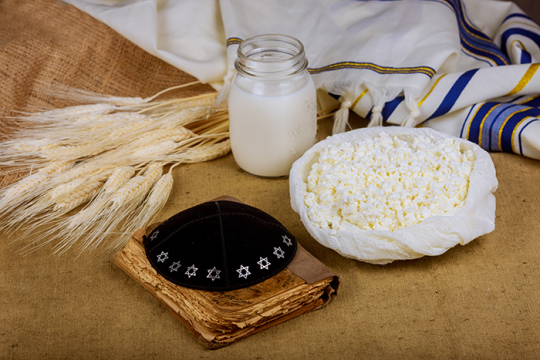As the school year starts to close across the country, one of the Department of Defense’s Crossroads Elementary in Virginia will use the summer to prep for its first full year of school. With features like geothermal heating and a rooftop garden, Crossroads is one of 134 schools being rebuilt as part of a 10-year, $5 billion plan through the Department of Defense. This state-of-the-art facility stands in marked contrast to many schools under the direction of the Bureau of Indian Education, which is also federally funded. Whereas the Department of Defense is receiving $5 billion over 10 years for construction projects, the Bureau of Indian Education received just 2% of that total, $39 million over four years, even though it operates almost the same number of schools.
The Minneapolis Star-Tribune, which recently released 4-part series on funding for Bureau of Indian Education school construction projects, opines,
“No American should begrudge the investment in DOD schools: Our military families deserve the best. But… the BIE system has increasingly and inexcusably become what advocates for Indian schools and U.S. Rep. Betty McCollum, D-Minn., have described as ‘separate and unequal.’”
In its report, the Minneapolis Star-Tribune highlighted one of the schools in the Bureau of Indian Education, the Bug-O-Nay-Ge-Shig school in northern Minnesota. Known as the “Bug School”, it has been described as a “pole barn” that must be evacuated on windy days. The school suffers from a failing heating system and a roof that caves in under heavy snow, making going to school very difficult in the Minnesota winter.
The Bug School, at which American Indian students can learn the Native Ojibwe language and connect to tribal culture, created a rebuilding plan more than four years ago, but the plan has been put on hold indefinitely because the Bureau of Indian Education’s low construction budget. Of the 183 schools in the system, about a third of them are like the Bug School in that they are rated in “poor condition,” which according to a Washington Post article, “means it is more cost-effective to replace them than it would be to rebuild.”
In the Shulchan Aruch, we learn, “The commandment to give money to the youth to learn Torah or to the sick among the poor takes precedence over the commandment to build and support a synagogue” (Yoreh De’ah 239:16). Maimonides put it more bluntly, “any city that does not have a school in it shall be cut off [all contact] until they find a teacher for the children” (Hilchot Talmud Torah2:1). The problem now is not that there are no teachers, but no adequate schools at which teachers can teach. As Reform Jews, we have a special obligation to support all of our public schools, from schools in our communities to schools for our military children to schools on Indian reservations.
As Congress considers funding levels for next year, lawmakers have an opportunity to support the educational needs of Bureau of Indian Education schools by adequately funding the construction budget. We hope that, as Congress debates how much money each federal agency should receive, our elected officials in Washington choose to put Bureau of Indian Education schools, and the children who rely on them for instruction, on a path to success.
Related Posts
Image

Favorite Jewish Teachings from Leaders of Color
June 2, 2022
As Shavuot approaches and we celebrate the Giving of the Torah, I have been spending some time reflecting on some of my favorite teachings from Jewish sacred literature, both those that resonate with me, and those that feel most important or most timely.
Image

What Jewish Wisdom Can Teach Us about Waiting for Election Results
November 2, 2020
It may prove difficult to wait for election results, especially in these times of heightened stress and anxiety; patience may seem impossible. Fortunately, Jewish faith and tradition offer lessons for us as we enter a period of waiting and uncertainty.
Image

The Sanctity of Voting: A Jewish Analogy for “Secrecy Sleeves”
October 21, 2020
Just as the Torah is at the center of Judaism, the ballot is at the core of our democracy. We would not dream of returning the Torah to the Ark without first dressing it. It helps, then, to think of the outer envelope as the ark and the inner security envelope as our ballot’s Torah cover.
